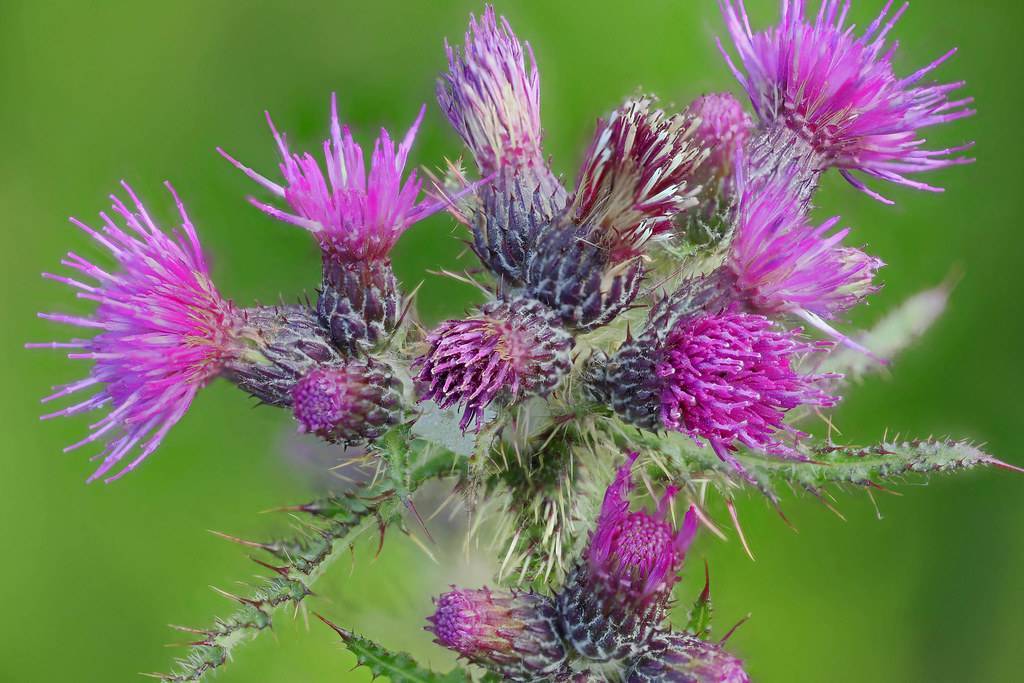
Marsh Thistle
Cirsium palustre
Watering:
Average
Propagation:
Seed Propagation,Seed Propagation,Seed Propagation,Division,Root Cutting,Layering Propagation
Hardiness Zone:
Flowers:
Purple Flowers
Sun:
Sun, Partial Shade
Soil:
Clay, Sand, Loam
Fruits:
Fruits Ready In Fall
Leaf:
Yes
Leaf Color:
green
Growth Rate:
Low
Drought Tolerant:
Yes
Salt Tolerant:
Yes
Thorny:
Yes
Invasive:
Yes
watering
Marsh Thistle needs to be watered moderately, about once a week, aprroximately 6-7cm (2.5 to 3 inches) of water per watering, depending on the weather and soil temperature. The soil should be kept moist but not soggy. During hotter weather, it may be necessary to water the plant twice a week. In the fall and winter months, reduce watering to once every 2 weeks. Avoid watering Marsh Thistle in the evening, as this can lead to fungal problems.
sunlight
Marsh Thistle (Cirsium palustre) requires full to partial sunlight for optimal growth and flowering. This plant species does best in sunny conditions where it receives at least 5 hours of direct sunlight a day. In areas with intense summer heat, partial shade may be beneficial to reduce water loss and heat stress. It is best if the sun exposure for the Marsh Thistle is consistent throughout the day and not concentrated in just a few hours. It will tolerate some light shade but does not do as well as when fully exposed to the sun.
pruning
Marsh Thistle should be pruned during the summer months, right after the plant has finished blooming. Pruning should be done selectively, with only damaged, dead, or diseased branches removed. The remainder of the shrub can be selectively thinned to reduce overall density. Avoid pruning more than 1-third of the top growth at 1 time as this can cause the plant to become less structurally sound.
